| [1]Sirotkina MA,Matveev LA,Shirmanova MV,et al.Photodynamic therapy monitoring with optical coherence angiography.Sci Rep.2017;7:41506. [2]Ma?dziarz A,Osuch B,Kowalska M,et al.Photodynamic Therapy in the Treatment of Vulvar Lichen Sclerosus.Photodiagnosis Photodyn Ther. 2017.pii: S1572-1000(17)30230-2. [3]Pérez-Laguna V,Pérez-Artiaga L,Lampaya-Pérez V,et al.Comparative effect of photodynamic therapy on separated or mixed cultures of Streptococcus mutans and Streptococcus sanguinis.Photodiagnosis Photodyn Ther.2017. pii: S1572-1000(17)30234-X. doi: 10.1016/j.pdpdt.2017.05.017. [Epub ahead of print][4]Li X,Gao M,Xin K,et al.Singlet oxygen-responsive micelles for enhanced photodynamic therapy.J Control Release.2017;260:12-21. [5]Gu B,Wu W,Xu G,et al.Precise Two-Photon Photodynamic Therapy using an Efficient Photosensitizer with Aggregation-Induced Emission Characteristics.Adv Mater. 2017. doi: 10.1002/adma.201701076. [Epub ahead of print][6]Jang Y,Kim S, Lee S,et al.Graphene Oxide Wrapped SiO2 /TiO2 Hollow Nanoparticles Loaded with Photosensitizer for Photothermal and Photodynamic Combination Therapy.Chemistry. 2017;23(15):3719-3727.[7]Abbaraju PL,Yang Y,Yu M,et al.Core-Shell-structured Dendritic Mesoporous Silica Nanoparticles for Combined Photodynamic Therapy and Antibody Delivery.Chem Asian J. 2017. doi: 10.1002/asia.201700392. [Epub ahead of print][8]Lin L,Xiong L,Wen Y,et al.Active Targeting of Nano-Photosensitizer Delivery Systems for Photodynamic Therapy of Cancer Stem Cells.J Biomed Nanotechnol.2015;11(4):531-554.[9]Usacheva M,Swaminathan SK,Kirtane AR,et al.Enhanced photodynamic therapy and effective elimination of cancer stem cells using surfactant-polymer nanoparticles.Mol Pharm.2014;11(9):3186-3195. [10]Yu CH,Yu CC.Photodynamic therapy with 5-aminolevulinic acid (ALA) impairs tumor initiating and chemo-resistance property in head and neck cancer-derived cancer stem cells.PLoS One. 2014;9(1):e87129. [11]Matamoros-Angles A,Gayosso LM,Richaud-Patin Y,et al.iPS Cell Cultures from a Gerstmann-Sträussler-Scheinker Patient with the Y218N PRNP Mutation Recapitulate tau Pathology.Mol Neurobiol.2017.doi: 10.1007/s12035-017-0506-6. [Epub ahead of print][12]Csobonyeiova M,Polak S,Zamborsky R,et al.iPS cell technologies and their prospect for bone regeneration and disease modeling: A mini review. J Adv Res.2017;8(4):321-327. [13]Wrighton KH.Stem cells: The different flavours of iPS cells.Nat Rev Genet. 2017;18(7):394. [14]Hung CW,Liou YJ,Lu SW,et al.Stem cell-based neuroprotective and neurorestorative strategies.Int J Mol Sci.2010;11(5):2039-2055. [15]Natesan S,Krishnaswami V,Ponnusamy C,et al.Hypocrellin B and nano silver loaded polymeric nanoparticles: Enhanced generation of singlet oxygen for improved photodynamic therapy.Mater Sci Eng C Mater Biol Appl.2017;77:935-946.[16]Pramual S,Lirdprapamongkol K,Svasti J,et al.Polymer-lipid-PEG hybrid nanoparticles as photosensitizer carrier for photodynamic therapy.J Photochem Photobiol B.2017;173:12-22.[17]Mistry A,Pereira R,Kini V,et al.Effect of Combined Therapy Using Diode Laser and Photodynamic Therapy on Levels of IL-17 in Gingival Crevicular Fluid in Patients With Chronic Periodontitis.J Lasers Med Sci.2016;7(4):250-255. [18]Gracia-Cazaña T,González S,Juarranz A,et al.Methyl aminolevulinate photodynamic therapy combined with curettage debulking for pigmented basal cell carcinoma.Photodermatol Photoimmunol Photomed. 2017.doi:10.1111/phpp.12313.[Epub ahead of print][19]Gao C, Lin Z,Wu Z,et al.Stem-Cell-Membrane Camouflaging on Near-Infrared Photoactivated Upconversion Nanoarchitectures for in Vivo Remote-Controlled Photodynamic Therapy.ACS Appl Mater Interfaces.2016;8(50):34252-34260.[20]Cho SJ,Kim SY,Park SJ,et al. Photodynamic Approach for Teratoma-Free Pluripotent Stem Cell Therapy Using CDy1 and Visible Light.ACS Cent Sci.2016;2(9):604-607.[21]Shrestha TB,Seo GM,Basel MT,et al.Stem cell-based photodynamic therapy.Photochem Photobiol Sci. 2012;11(7):1251-1258. [22]Choi HW,Kim JS,Choi S,et al.Neural stem cells differentiated from iPS cells spontaneously regain pluripotency.Stem Cells.2014;32(10): 2596-2604. [23]Sun J,Mandai M,Kamao H,et al.Protective Effects of Human iPS-Derived Retinal Pigmented Epithelial Cells in Comparison with Human Mesenchymal Stromal Cells and Human Neural Stem Cells on the Degenerating Retina in rd1 mice.Stem Cells.2015;33(5): 1543-1553. [24]Elvira G,Moreno B,Valle ID,et al.Targeting neural stem cells with titanium dioxide nanoparticles coupled to specific monoclonal antibodies.J Biomater Appl.2012;26(8):1069-1089. [25]Liu F,Mahmood M,Xu Y,et al.Effects of silver nanoparticles on human and rat embryonic neural stem cells.Front Neurosci.2015;9:115.[26]Lui CN,Tsui YP,Ho AS,et al.Neural stem cells harvested from live brains by antibody-conjugated magnetic nanoparticles.Angew Chem Int Ed Engl.2013;52(47):12298-12302.[27]Ruiz-Cabello J,Walczak P,Kedziorek DA,et al.In vivo "hot spot" MR imaging of neural stem cells using fluorinated nanoparticles.Magn Reson Med.2008;60(6):1506-1511.[28]Delcroix GJ,Jacquart M,Lemaire L,et al.Mesenchymal and neural stem cells labeled with HEDP-coated SPIO nanoparticles: in vitro characterization and migration potential in rat brain.Brain Res.2009; 1255:18-31.[29]Kim J,Yang K,Lee JS,et al.Enhanced Self-Renewal and Accelerated Differentiation of Human Fetal Neural Stem Cells Using Graphene Oxide Nanoparticles.Macromol Biosci. 2017.doi: 10.1002/mabi.201600540. [Epub ahead of print].[30]Zou F,Zhou W,Guan W,et al.Screening of Photosensitizers by Chemiluminescence Monitoring of Formation Dynamics of Singlet Oxygen during Photodynamic Therapy.Anal Chem. 2016;88(19): 9707-9713. |
.jpg)
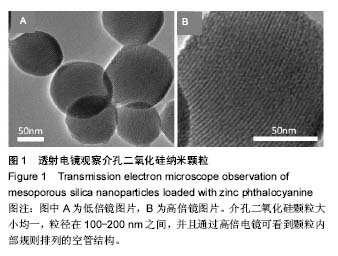

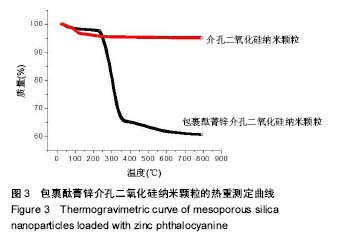
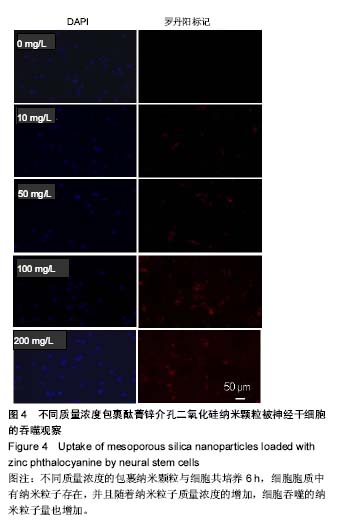
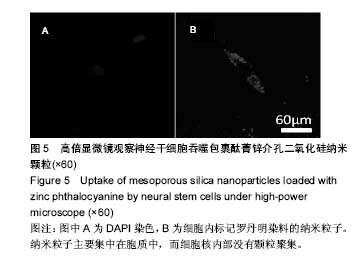
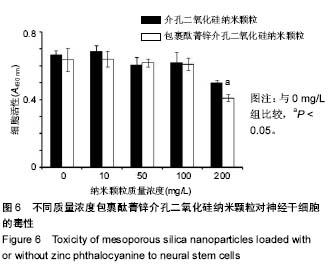
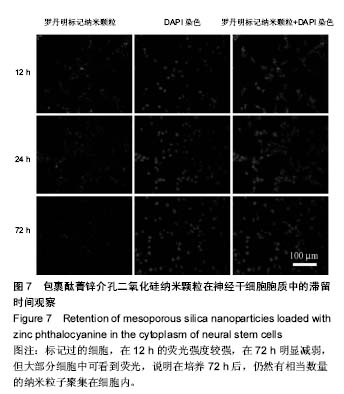
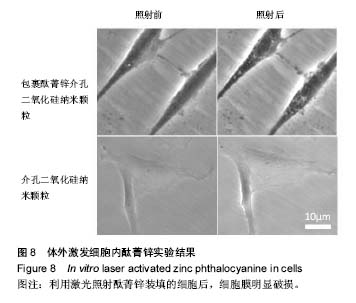
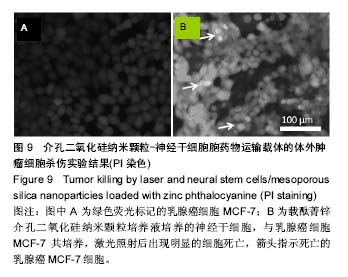
.jpg)